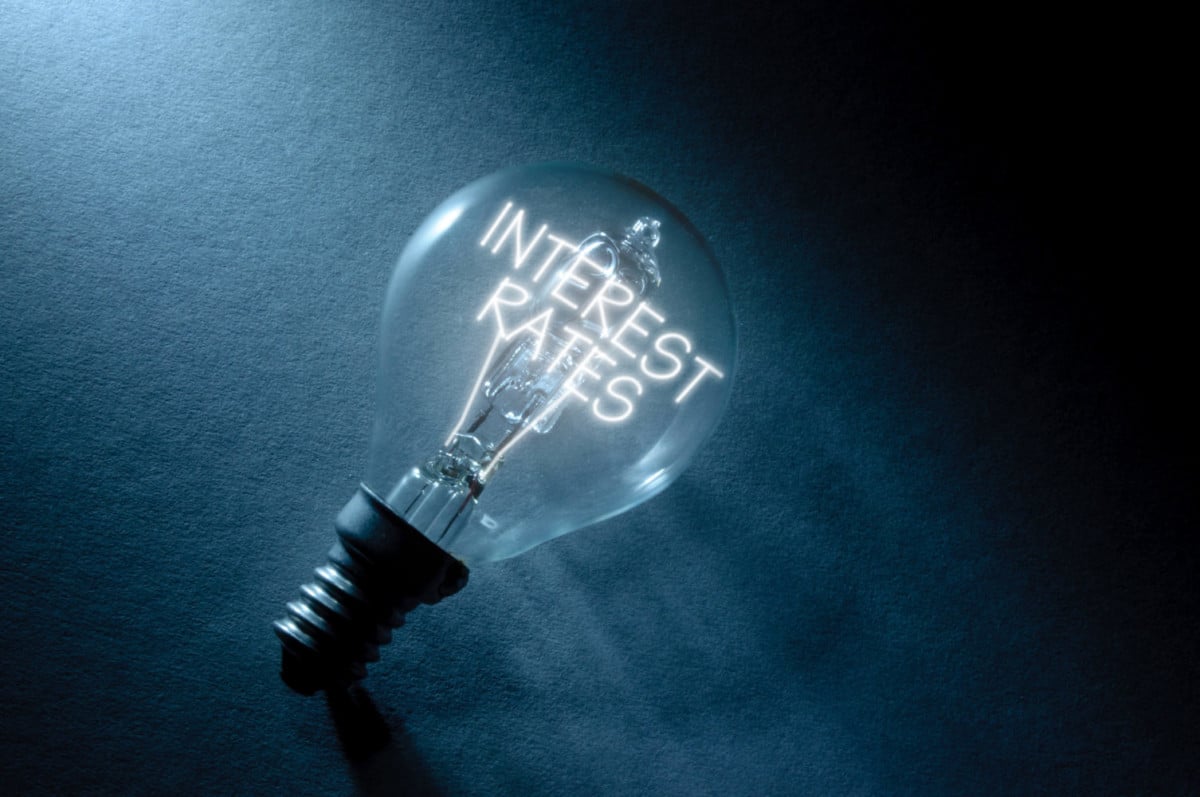 While the Federal Reserve declined to raise its benchmark rate in September, a future rate hike seems likely this December. The last rate hike was in December 2015, when the benchmark moved up by one-quarter of a percentage point.
While the Federal Reserve declined to raise its benchmark rate in September, a future rate hike seems likely this December. The last rate hike was in December 2015, when the benchmark moved up by one-quarter of a percentage point.
Most home buyers do not breathlessly follow economic news. Yet there are good reasons to pay attention to future announcements by the Federal Reserve. Here’s why!
How the Fed Works
“The Fed,” as it’s affectionately called by the media, is responsible for controlling our cost of money, among other things. It does this by setting a “benchmark rate,” which is basically the rate it charges member institutions who borrow money from it. Those institutions, in turn, lend the money to others, who lend it to consumers.
The Fed uses lower rates to stimulate the economy when it’s sluggish and higher rates to slow down the economy when it’s running too hot. The Fed monitors things such as employment levels and inflation rates as part of their decision-making process.
During the Great Recession, the Fed lowered its benchmark rate to nearly zero in order to revive the economy and has held it there for years. This is why mortgage interest rates have been historically low for an extended period of time.
The Fed does not set the rate of credit cards, mortgage loans or any other type of financing. However, the direction of the benchmark rate will influence how banks and financial companies price loans and lines of credit for consumers.
Why Home Buyers Should Pay Attention to Rates
Higher interest rates, whenever they happen, mean less home buying power.
When a lender considers your mortgage application, they examine your debt levels against your income. The higher the interest rate on your credit cards, consumer loans and prospective mortgage, the harder it can be to qualify for your home purchase.
Here is a very general example. Your total debt-to-income ratio, or DTI, cannot exceed 43% of your gross monthly income on most government-backed mortgages. That 43% includes all debt payments, including your projected mortgage payment.
On a $250,000 mortgage, a rate change from 4.50% to 4.75% means that you’ll basically pay another $37.41 per month in mortgage interest. For most buyers, that may not be a big issue, but for those qualifying by a slim margin, it could hurt. If there is an outstanding credit card balance or consumer loan, higher rates could also create higher payments on those accounts, and further squeeze the DTI.
If a home buyer does not meet the required debt-to-income ratios for mortgage approval, they would need to do one or more of the following:
* Make a larger down payment
* Pay down debts
* Buy a less expensive home
* Increase monthly income
* Find a lower mortgage interest rate
The right answer depends on the home buyer’s financial situation, and the margin of improvement needed for mortgage approval.
Your Exclusive Buyer Agent can refer you to trustworthy lenders who will explain your options and help you find the best mortgage for your needs. In the meantime, keep an eye on the NAEBA blog and on the financial news! Being well-educated and informed about home buying will help you succeed – and so will your Exclusive Buyer Agent!

